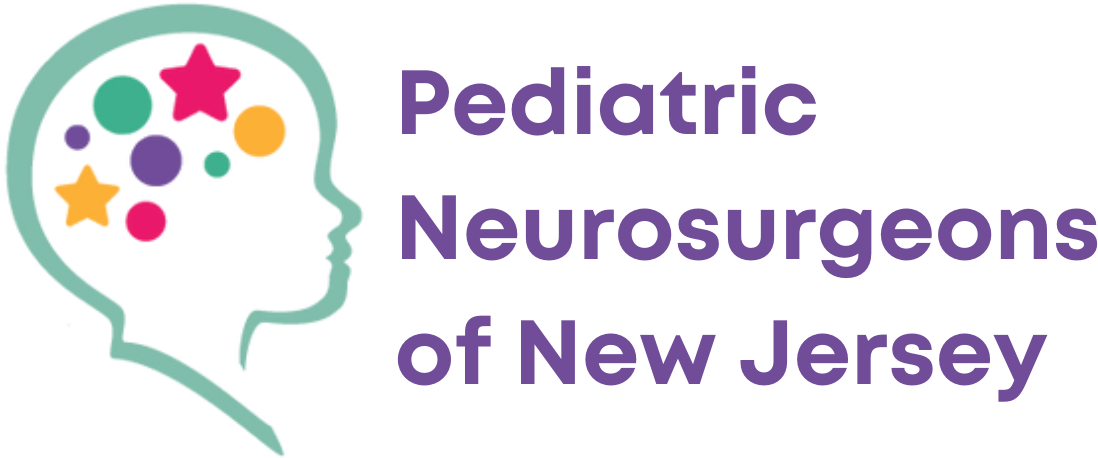Dr. Vogel is an internationally acclaimed pediatric neurosurgeon known for his compassionate and minimally invasive approach to treating craniofacial disorders in children. His expertise in craniosynostosis surgery in Bergen County includes minimally invasive endoscopic repair and suturectomy, often followed by helmet therapy, eliminating the need for complex open cranial vault procedures. This approach significantly reduces the risk of complications, blood loss, and surgical time, ensuring a smoother and faster recovery for young patients and their families.
Dr. Vogel
Dr. Tim Vogel is a double board-certified pediatric and adult neurosurgeon, fellowship-trained in pediatric neurosurgery at Washington University in St. Louis and in minimally invasive surgery at Harvard’s Boston Children’s Hospital. His clinical focus includes craniofacial and complex cranial surgery for pediatric brain tumors. He previously led the craniofacial surgery program at Cincinnati Children’s Hospital, where he conducted groundbreaking research and holds patents related to the treatment of craniosynostosis. During his time there, patients traveled from across 15 states, especially for his expertise in minimally invasive endoscopic procedures.
Dr. Vogel is one of the few pediatric neurosurgeons in the United States to be accepted into both the International Society for Craniofacial Surgery and the American Society for Craniofacial Surgeons. Now based in Northern New Jersey, he founded the nationally accredited Craniofacial Center at Hackensack University Medical Center. His multidisciplinary team provides care to patients from New York, New Jersey, and Pennsylvania. Dr. Vogel remains committed to delivering compassionate, research-informed care and guiding families through complex craniofacial diagnoses, particularly using minimally invasive surgical techniques.
The Anatomy
The term “craniofacial” refers to the intricate anatomy of the skull and face, and deviations in their development can lead to craniofacial disorders. In the early years of life, the human brain undergoes rapid growth. At birth, infants already possess nearly 40 percent of their eventual adult brain volume, and this increases to approximately 80 percent by the age of three. The growth of the skull bones is primarily driven by the expanding brain within.
The infant and young child’s skull comprises individual bony plates that facilitate skull growth. These plates are separated by connective tissue, sutures, and fontanelles (soft spots on the head). These sutures and fontanelles play a crucial role in accommodating brain growth. However, when they prematurely fuse or fuse abnormally, they can result in malformations in the skull and facial bones. Such malformations can impede brain growth, necessitating craniosynostosis surgery in Bergen County to create space for the growing brain or to correct the facial and skull structures.

The Prevalence
Craniosynostosis is a relatively rare condition, occurring in approximately 1 in 2000 live births, which translates to approximately 175 infants born each day with this condition. Among the various types of craniosynostosis, the sagittal suture is the most commonly affected, accounting for about 60% of cases. Following closely is coronal craniosynostosis, which affects around 25% of infants with this condition. Metopic craniosynostosis is less common, with an incidence of approximately 15%. On the other hand, lambdoid craniosynostosis is the rarest form, impacting only 2% of all infants with craniosynostosis. These statistics shed light on the prevalence and distribution of this condition, emphasizing the importance of early diagnosis and appropriate treatment for affected infants.
Minimally Invasive Surgery:
In infants, early surgery supports brain growth and shapes facial and skull bones. Minimally invasive techniques for craniosynostosis surgery in Bergen County can be used for congenital craniofacial conditions, reducing risks and ensuring faster recovery. Helmet therapy aids bone fusion.
Craniofacial disorders and deformities encompass a diverse array of conditions, each presenting unique challenges for affected individuals. These include:
Sagittal Synostosis: Marked by the premature fusion of the sagittal suture at the top of the head, causing elongation of the skull.
Coronal Synostosis: Involves the early closure of the coronal sutures, resulting in skull growth abnormalities and a flattened appearance.
Metopic Synostosis: Fusion of the metopic suture in the forehead area can lead to a triangular skull shape.
Lambdoid Synostosis: Premature fusion of the lambdoid sutures at the back of the head may cause a flattened or pointed head shape.
Syndromic Craniosynostosis: These conditions are associated with genetic syndromes and typically involve multiple sutures, resulting in more complex craniofacial anomalies.
Apert Syndrome, Crouzon Syndrome, Pfeiffer Syndrome: These are specific genetic syndromes, each characterized by distinct craniofacial and skeletal abnormalities.
Positional Plagiocephaly: Unlike craniosynostosis, this condition is caused by external forces, leading to head shape asymmetry.
A comprehensive understanding of these various craniofacial disorders is essential for timely diagnosis and the development of tailored treatment approaches, ensuring the best possible outcomes for affected individuals.
Cranial Suture Closure
Research, guided by expert input, provides a general timeline for cranial suture closure after craniosynostosis surgery in Bergen County.
. However, it’s important to note that factors beyond age may influence suture closure, and it’s not a precise indicator of age. Craniosynostosis is primarily identified through altered skull shape. Each suture’s closure varies:
- Metopic Suture: Typically fuses between 3 and 9 months.
- Coronal Sutures: Begins around 24 years and generally closes from 30 to 40 years.
- Squamosal Sutures: Close from 30 to 40 years.
- Sagittal Suture: May never fully close; typically closes from 30 to 40 years but can remain open until late 50s.
- Lambdoid Sutures: Similar to sagittal; generally close from 30 to 40 years.
- Frontal Sphenoid: May close by 3 months. Definitions of suture closure may vary, making these timelines approximate.

Risk Factors for Craniofacial Disorders:
- A family history of craniofacial disorders.
- Maternal smoking, alcohol consumption, or substance abuse during pregnancy.
- Inadequate maternal nutrition, particularly a lack of folic acid.
- Use of specific medications during pregnancy.
- Older maternal age, particularly over 35.
- Some maternal infections, if contracted during pregnancy.
- Exposure to environmental toxins or radiation during pregnancy.
- Maternal health issues like diabetes and obesity.
Craniosynostosis
Craniosynostosis is a congenital condition in which the sutures (fibrous joints) between the bones of an infant’s skull close prematurely. This can hinder normal skull growth, leading to an abnormal head shape and, in some cases, increased intracranial pressure. Craniosynostosis may affect a single suture or multiple sutures and can vary in severity. Timely diagnosis and treatment are essential to address these issues and ensure healthy brain development. The treatment may include craniosynostosis surgery in Bergen County.
Symptoms of Craniosynostosis:
Craniosynostosis may manifest with various symptoms, including an abnormal head shape that may be noticeable at birth or become more apparent over time. Common signs include an unusual ridge or ridge-like prominence on the infant’s skull, an asymmetric or misshapen head, and possible bulging in the fontanelles (soft spots). In more severe cases, there might be signs of increased intracranial pressure, such as irritability, difficulty feeding, and delayed developmental milestones.
Diagnosis of Craniosynostosis:
Diagnosing craniosynostosis typically involves a thorough physical examination by a pediatrician or craniofacial specialist, alongside imaging studies like X-rays or CT scans to assess the suture closures. Early diagnosis is crucial to determine the extent of craniosynostosis and develop an appropriate treatment plan.
Treatment of Craniosynostosis:
The primary treatment for craniosynostosis is surgical intervention. The timing and extent of surgery depend on the severity and type of craniosynostosis. Surgery aims to release the fused sutures and reshape the skull to allow normal brain growth. In some cases, minimally invasive endoscopic procedures may be suitable, while more complex cases may require open cranial vault surgery.
Surgery and Recovery of Craniosynostosis:
Craniosynostosis surgery in Bergen County is generally safe and well-tolerated by infants. Recovery time varies based on the type of surgery and the child’s individual healing process. Infants typically need close post-operative monitoring, and parents can expect to follow guidelines for head positioning, wound care, and activities as advised by the surgical team. Long-term follow-up ensures proper head shape development and overall well-being. The goal is to correct craniosynostosis effectively, promote healthy skull growth, and minimize the risk of complications, allowing the child to thrive with a normal head shape and unhindered brain development.
Cleft Lip & Palate
Cleft lip and palate are congenital conditions with an opening or gap in the upper lip and/or the roof of the mouth (palate). These craniofacial disorders occur during early fetal development when the tissues that form the lip and palate do not fully come together. This separation can vary in size and severity. Cleft lip and palate can affect a child’s appearance, speech, feeding, and dental development. Specialized care, including surgery, is often necessary to address these challenges.

Symptoms of Cleft Lip & Palate:
- A noticeable opening or cleft in the upper lip, which may vary in size and location.
- An opening in the roof of the mouth (palate).
- Difficulty sucking or swallowing, leading to feeding challenges.
- Speech development issues, leading to articulation difficulties and speech disorders.
- Increased risk of ear infections due to improper drainage of the middle ear.
- Malocclusion, misalignment of teeth, and other dental problems.
- Repeated ear infections, possibly leading to temporary or permanent hearing loss.
The Diagnosis
Diagnosing craniofacial disorders typically involves a comprehensive evaluation by a team of specialists, including pediatricians, geneticists, and pediatric neurosurgeons like Dr. Tim Vogel. It often begins with prenatal screening, followed by thorough physical examinations after birth. Advanced imaging techniques such as CT scans and MRIs may be used to precisely assess the condition’s extent. Early diagnosis is vital, as it enables prompt intervention which may include craniosynostosis surgery in Bergen County and a tailored treatment plan to address the specific challenges posed by craniofacial disorders.
The Treatment
Treating craniofacial disorders necessitates a multidisciplinary approach tailored to the patient’s needs. Treatment may include surgery to repair cleft lip and palate or correct craniosynostosis. For more complex syndromes, a combination of surgeries, speech therapy, orthodontic care, and medical support may be required. Dr. Tim Vogel and the team at Pediatric Neurosurgeons of New Jersey are dedicated to providing comprehensive and compassionate care, ensuring that children with craniofacial disorders receive the treatment and support they deserve.
Schedule Your Consultation
Dr. Tim Vogel is a distinguished board-certified pediatric neurosurgeon with over two decades of experience. As the former Chief of Pediatric Neurosurgery at Joseph M. Sanzari Children’s Hospital, he is renowned for his expertise in treating complex craniofacial and neurological conditions. If your child is facing a craniofacial challenge, we encourage you to schedule a consultation with Dr. Vogel — we offer prompt same-day and next-day appointments.

